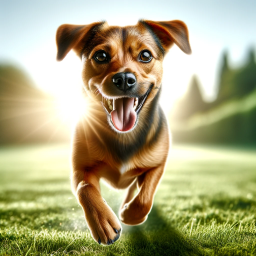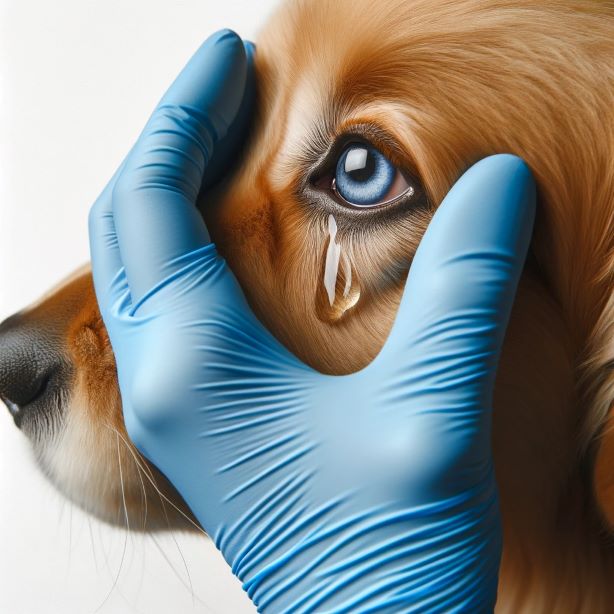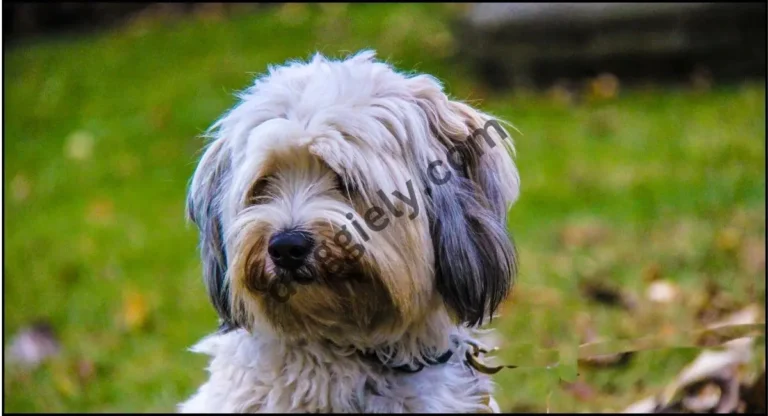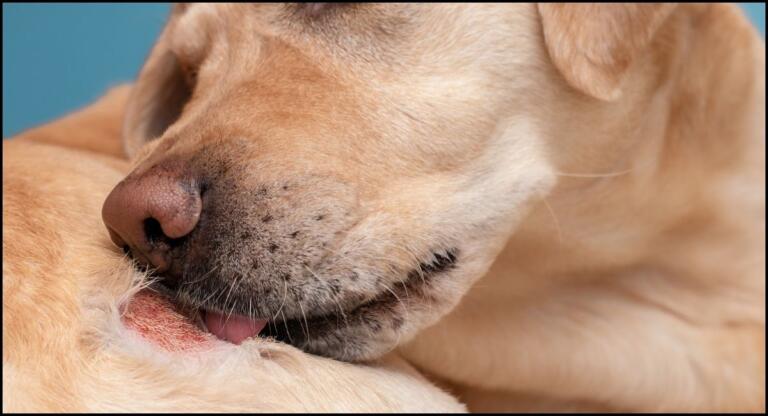Dogs Eyes Rolling Back? 7 Reasons
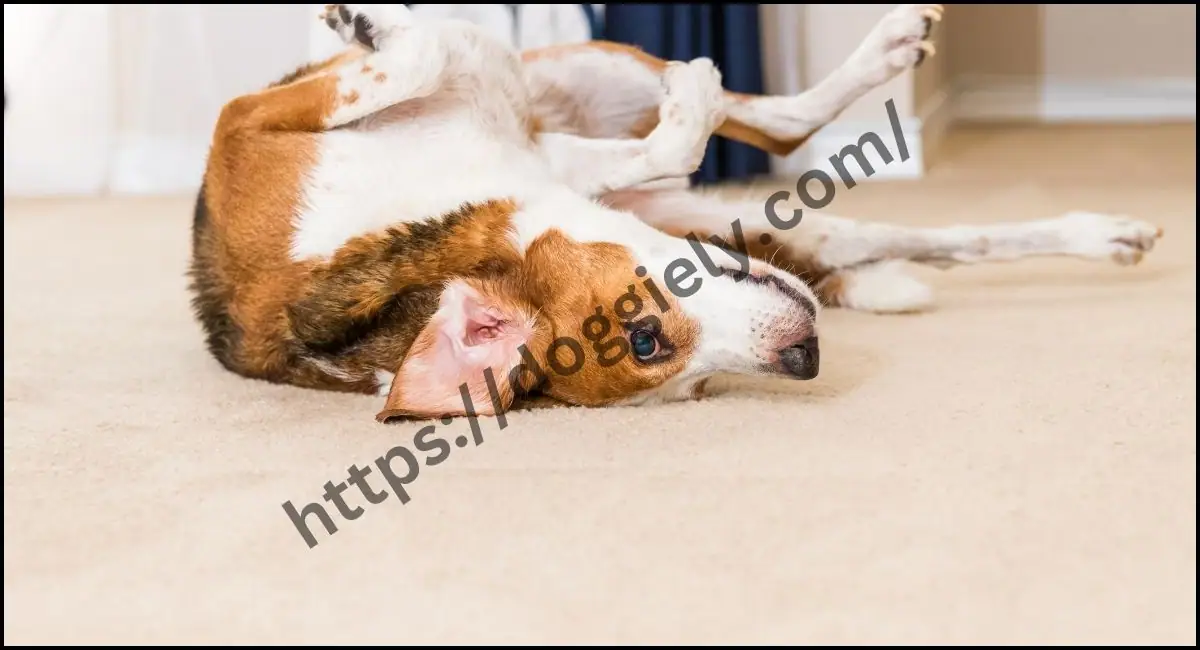
Dogs Eyes Rolling Back: To know it read the full article.
Neurological disorders are one of the factors responsible for your dog’s eyes rolling back. When this is the cause, it’s sudden and for a short period of time but can be continual. Other reasons are injury to the eye, cherry eye, seizure, and pain among others.
Do you happen to have just seen your dog’s eye roll back in the head? Perhaps, you see such for the first time, and it’s got you worried so much that you’re already attributing it to any medical condition you can think of?
Relax. While a dog’s eyes appearing to be rolled backward can denote a lot of things, some of which could be a cause for worry, it goes without saying, however, that it could be a harmless occurrence that you should never lose sleep over.
dogs eyes rolling back in head while Awake(Understanding the Nictating Membrane)
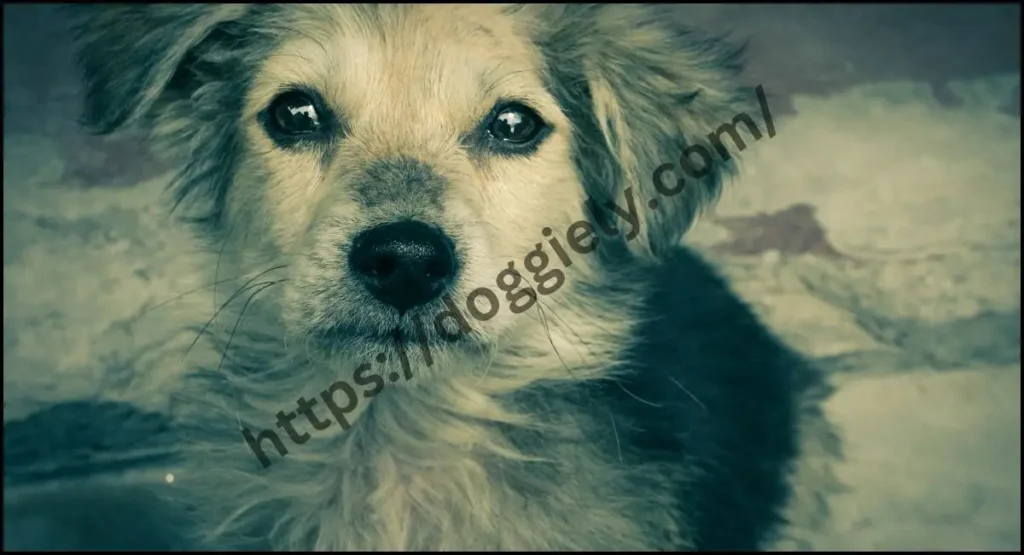
To begin with, it might come off as a surprise to know that what you’re seeing is not actually your dog’s globe rolling back. In most cases, it’s just your dog’s nictating membrane, which is also called ‘haw‘ or the ‘third eyelid.’ The third eyelid is usually invisible to the eyes because it’s tucked away at the corner of a dog’s eye.
While it’s meant to stay that way, it may protrude, extending from its usual place and thereby covering the cornea. This is why, as a dog owner seeing it for the first time, you may think your dog’s eyes rolled back in the head, which isn’t always the case; It’s often just the nictating membrane overlaying the cornea.
The third eyelids often have varying colors, some of which can be clear or cloudy; the color largely depends on breed type.
Now, what is the function of the nictating membrane?
First, it acts as a protective shield that safeguards the cornea from injuries, and it also has some cleansing functions; when it slides across the cornea, it wipes off mucus, debris, and dirt that have accrued over time.
Also, the third eye has a tear gland responsible for the production of one-third of a dog’s tears. Also, its lymphoid system produces immunoglobulin that helps fight any infection the eye is susceptible to.
The third eyelid performs all its functions from the corner of the eye, and, as a result, you can only see it when your dog jolts up from a nap or if you exposed it manually; this requires you to lift up your dog’s normal eyelid when he is asleep, in which case you’ll see the nictating membrane overlaying the cornea. This makes many believe a dog’s eyes roll back when sleeping.
Other than the above, if your dog’s nictating membrane appears when he is fully awake and active and even visible for a long time, it could infer that your dog is in potential danger and needs quick medical attention.
Reasons for Revealing the Third Eyelid
Still, on the nictating membrane, many things can cause it to protrude from the corner of the socket and overlay on the eye, but more common culprits are some neurological disorders and some injury to the eyes. So, if you notice your dog eyes rolling back in the head and shaking, the following might be responsible:
1. Neurological Disorders
Some neurological disorders can be responsible for your dog’s third eye appearing, which, in some cases, maybe for a short period but continually. A neurological disorder can cause the nerves that are responsible for holding the nictating membrane to the socket to be less functional; as a result, the third eyelid can’t be held back in its position in the corner of the eyeball and will protrude, thereby overlaying on the globe for some time.
A very common neurological disorder responsible for this is Horner’s syndrome A dog doesn’t necessarily have to have been living with this disorder before, as it usually takes place suddenly. When this is the case, one of the symptoms you’ll notice alongside the third eyelid’s appearance are:
- Sunken eyes
- Droopy facial features
- Small pupil size
- Droopy eyelids
In most cases, what brought about Horner’s disorder in a dog cannot be categorically ascertained, but oftentimes, it has been linked with trauma to the head and a growth pressing on the nerves. It could also be triggered by middle or inner ear disease, wound from a bite, or if the optic disc is herniated.
However, this disorder is typically attributed to breeds such as golden retrievers and cocker spaniels, although it can develop in other breeds as well.
Be that as it may, it goes without saying that other neurological disorders can also be responsible for the appearance of the third eyelid. Other common ones are dysautonomia and tetanus.
2. Eye Injury
Damage to the eyes can also cause the nictating membrane to appear, making a dog’s eyes swollen and rolling back. A dog’s eyes can become inflamed as a result, and he will bear a lot of pain.
Scratching and conjunctivitis could be responsible for the injury in the eye, in which case a dog’s eye might have gotten bruised by the paws of another animal or accidentally brushed against an object in the house.
Given this, a dog’s haw will protrude and overlay on the eyes for a while, to prevent further damages; it’s more like the eye’s protective mechanism. Like a neurological disorder, an injury to the eye can also affect the haw’s nerves and cause it to prolapse unfetteredly.
3. Cherry Eye
A condition called cherry eye can also cause the haw to appear. With this, a dog’s third eyelid will prolapse as a red, fleshy mass with the semblance of cherry. However, it is more common among puppies or generally dogs below two years. It can also be found in cats of this age bracket.
Adult dogs can also develop a cherry eye, but some breeds are more susceptible, i.e., Beagles, Cocker Spaniels, and Bull Dogs.
Other Possible Causes of A Dog’s Eyes Rolling Back (other than the nictating membrane)
While the appearance of the nictating membrane is often mistaken for a dog’s eyes stuck and rolling back, at times, it might actually be the case, that is, a dog rolling his eyes back in the head. Let’s look at other possible reasons below:
4. Nystagmus
Nystagmus is a very likely reason why a dog’s eyes rolled back in the head. This condition is characterized by involuntary movement of the eyes; more common, the eyes will tilt sideways in a rapid manner. Although rare, some dogs can develop this condition while growing up, but it is typically gotten from birth.
In addition to the involuntary movement of the eyes, other symptoms you’ll notice if your dog lives with this condition are clumsiness and lack of coordination. You’ll also notice your dog walking in circles, and he will tilt his head in a slowpoke manner.
If you’re just noticing this, immediately taking your dog to a vet is essential. At a vet’s lab, a series of tests will be conducted, after which some medication will be administered to alleviate the condition. However, age is a determining factor as to how quickly a dog can recover.
5. Medication
If a dog is taking some medication, they might be the reason for a dog’s eyes rolling back and squinting; Opiate pain killers and tranquilizers can be responsible for this. In this case, if a dog’s eyes rolled back, it often just means that the dog is well relaxed from the medication administered, so it shouldn’t be a cause for alarm.
You have to be aware of the possible side effects of medication given to your dog, and a vet should touch down on this while you are discussing how to go about the medication. Either way, ensure you give your dog the right dosage as prescribed by the vet.
6. Seizure
A seizure can also be the reason as to why a dog’s eyes rolled back. Seizures in dogs are dynamic, and they can come in different forms; this makes it difficult to tell if it’s a seizure your dog is experiencing or what’s causing the seizure. However, one of the most noticeable symptoms of seizure in a dog is the rolling of the eyes back in the head.
When this is the case, you’ll also notice your dog drooling excessively. Your dog might also become inactive and unresponsive, even though he is fully awake with his eyes open. While it may happen continually, the seizure usually lasts some minutes while the eyes roll back. Some abnormalities usually cause a seizure in a dog’s brain.
A vet will have to thoroughly check your dog and then give him some medication to prevent future seizures and also bring relief to your dog.
7. Pain
Pain from a part of your dog’s body can also cause his eyes to roll back. It might be pain from an injury sustained or pain from his internal organs. Either way, it is difficult to ascertain where exactly the pain is coming from. If, after rolling of the eyes back, you notice any of the following symptoms, you should take your dog to a vet.
- Restlessness at rest hours
- Loss of appetite
- Whining accompanied with continual barking
- Pacing back and forth
- Weight loss in a short period of time
- Excessive drooling
All these, alongside eyes rolled back, suggests that your dog could be suffering some pain. Again, taking him to a vet is important, as he will need to be checked to know where the pain is coming from and the pain treated. Without this, the pain may go away by itself.
Questions That Will Help Lead to the Root Cause
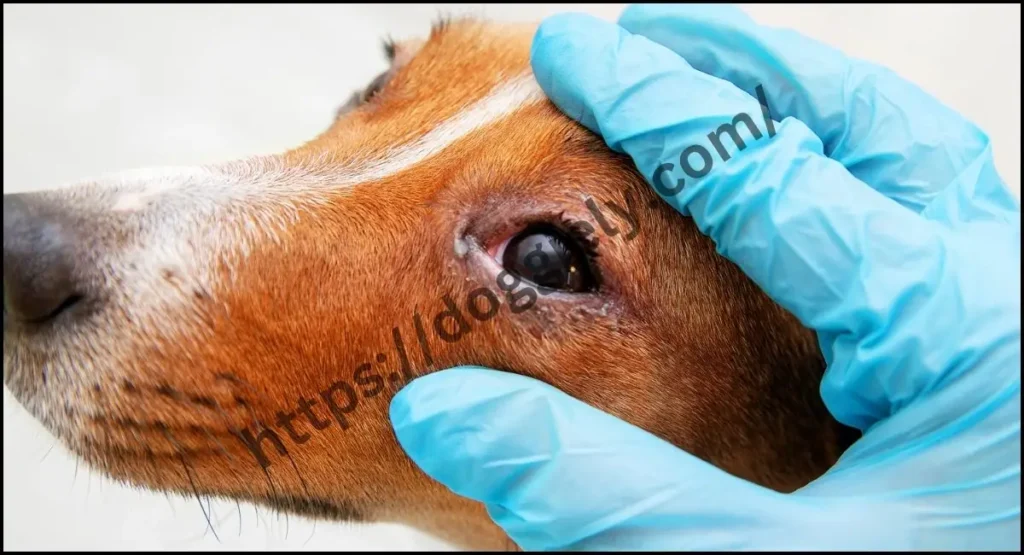
When taking your dog to a vet, the following questions, if answered aptly, will help get to the root cause and proffer a solution more easily:
Is your dog finding it difficult to keep an eye open?
This suggests an eye injury.
Does the eye discharge any fluid-like substance?
It could be an infection that’s causing the discharge.
Did your dog hit his head on something accidentally? Or going through any trauma?
You might need to place an Iceblock on the head and the area close to the eye to relieve him.
Apart from the nictating membrane showing, do the eyes appear normal as it should?
If both of the dog’s eyes don’t show a simultaneous reaction to light, this could mean that there is a cranial lesion.
Do you only see their eyelid minutes after your dog wakes up?
This could suggest that there isn’t any real problem. The nictating membrane is just performing its cleansing functions when your dog is taking a nap, with the haw not returning back to the corner of the eye immediately.
FAQ:
why did my dogs eyes roll back?
Neurological disorders are one of the factors responsible for your dog’s eyes rolling back.
Why does my dogs eye look pushed back?
A pushed back appearance in your dog’s eye could be due to various reasons, such as injury, infection, or a medical condition.
Why is my dog shaking and eyes rolling back in her sleep?
Your dog shaking and eyes rolling back during sleep might be a normal part of dreaming, similar to humans. However, if it happens excessively, it could be a sign of a seizure or another health issue.
Why does my dog’s eye looks like it’s rolling back?
If your dog’s eye appears to be rolling back, it could be due to various reasons, such as eye injury, irritation, or a medical condition.
do dogs eyes roll back when they sleep?
Yes, dogs eyes roll back when they roll back. It is a common matter for every dogs when they sleep. It indicates the neurological condition of your puppy dogs that is considered as eyelid closure.
why do dogs eyes roll back when they sleep?
There are a lot of sleeping of stage of dogs. Rem stage is one of them. In this stage, your dog might move his muscles. I think you should check every night before your puppy is sleeping.
Final Thoughts
While a dog’s eyes rolling back is often just the third eyelid appearing, health issues that can be fatal to a dog’s health can’t be ruled out.
If you notice that your dog’s eyes rolled back, examine if there is any medical relation or he sustained an injury in the eye; if that’s the case, taking him to a vet immediately is advised.
Otherwise, if it’s the third eyelid showing and just for a short period, you shouldn’t fret but keep a close watch as things unfold.
Related Posts
Read More: Why Does My Dog Open His Mouth When I Pet Him? 7 Reasons
Read More: Why Does My Dog Keep Sniffing My Legs: 5 Common Reasons
Read More: Why Does My Dog Bite Me In The Morning? 2 Way To safe From
Read More: Why Are My Dogs Balls Black? Best Number 1 Answer
Read More: Why Do Dogs Like Peanut Butter?
Read More: Why Does My Dog Want Me To Hold His Bone? 7 Causes
